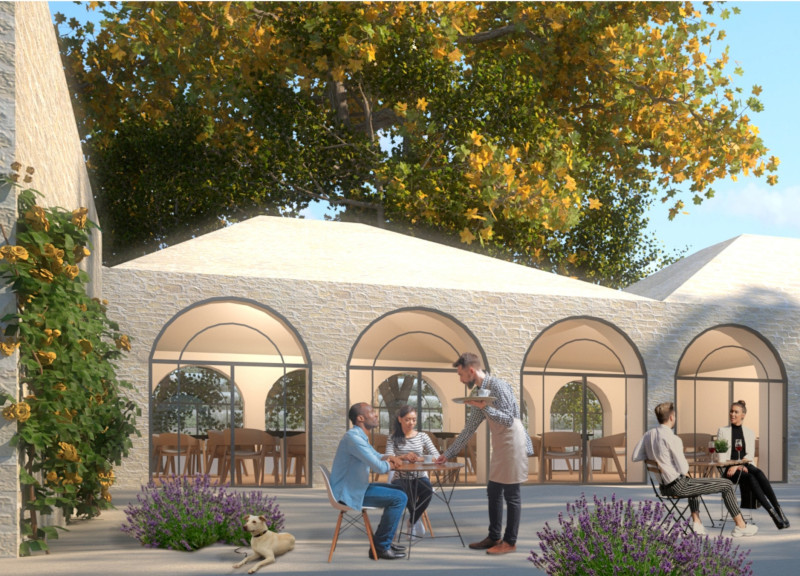5 key facts about this project
The architectural design project presents a sophisticated blend of functionality, aesthetic appeal, and sustainable principles. Located in [insert geographical location here], the project embodies contemporary architectural practices while addressing the environmental and social context of its surroundings. The design showcases a commitment to maximizing the efficiency of space, its relationship to the environment, and community engagement.
The project serves primarily as [insert function, e.g., a public library, community center, residential complex], which plays an essential role in fostering community interaction and serving the needs of its users. The fundamental design concept revolves around [insert central theme or idea, e.g., transparency and openness, integration with nature, urban connectivity], allowing users to engage with both the built environment and the surrounding area seamlessly.
The layout is characterized by an open plan that promotes fluid movement through the space. Key architectural elements include large expanses of glass, allowing natural light to penetrate deep within the interior, and creating a connection between indoor and outdoor spaces. These features contribute to energy efficiency and user comfort while enhancing the overall aesthetic of the design.
[Unique aspects of the project, e.g., use of local materials, innovative structural solutions, integration of green technologies]. The façade combines [specific materials, e.g., steel, timber, concrete] which merge durability with visual softness, contributing to the local architectural language while setting a modern tone. Additionally, the inclusion of elements such as [specific details like shading devices or green roofs] not only addresses climatic concerns but also enriches the exterior visual identity.
The floor plans reflect an intention to adapt to various user needs, including flexible spaces that can be repurposed for different activities. Architectural sections of the building illustrate a thoughtful approach to vertical circulation, facilitating accessibility through [design elements, e.g., ramps, elevators], ensuring inclusivity for all visitors.
The design incorporates sustainable practices throughout the building lifecycle, utilizing materials selected for their low environmental impact and durability. These materials include [full names of materials mentioned in the project, e.g., reclaimed timber, high-performance glass, recycled steel], which collectively contribute to the building’s sustainability goals.
The integration of natural elements into the design further distinguishes this project, revealing a keen awareness of biophilic design principles. Landscape features extend beyond the boundary of the building, offering not just aesthetic value but also enhancing local biodiversity and promoting ecological health.
The collaborative approach among architects, engineers, and stakeholders has resulted in an architecture that is both contextually relevant and forward-thinking. This project stands out for its ability to blend innovative design ideas with practical functionality, creating a space that is not only inviting but also resilient against future challenges.
For those interested in delving deeper into the architectural plans, sections, designs, and overarching architectural ideas of this project, additional details can be explored further. It is an excellent opportunity to appreciate the intricacies of the design and the principles that govern contemporary architecture.






















































